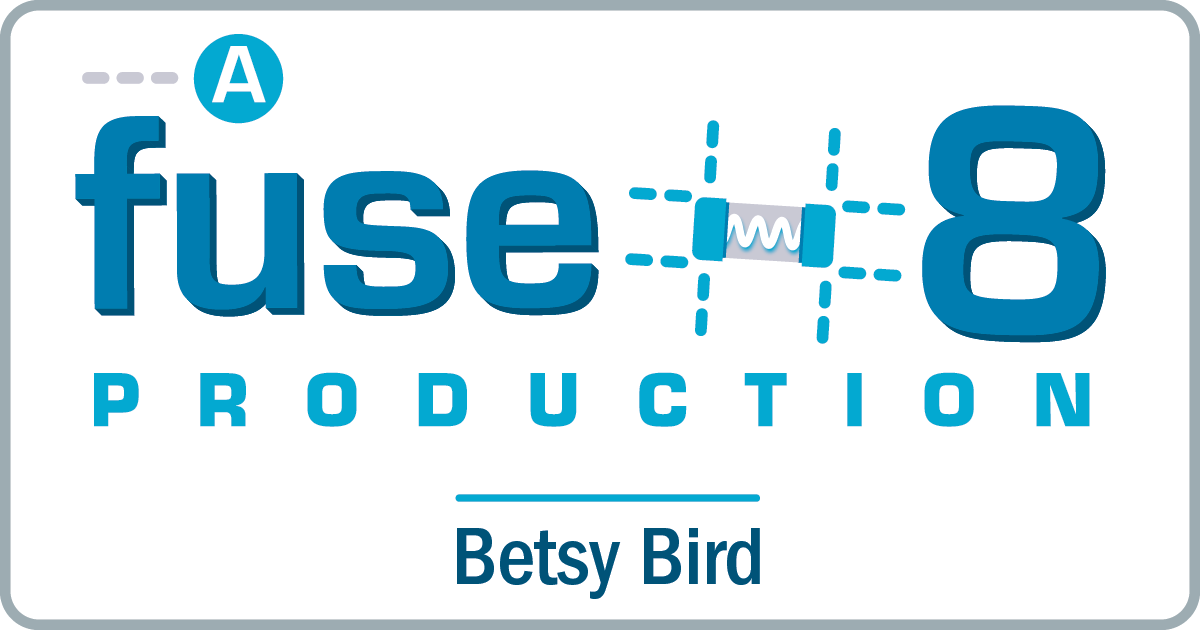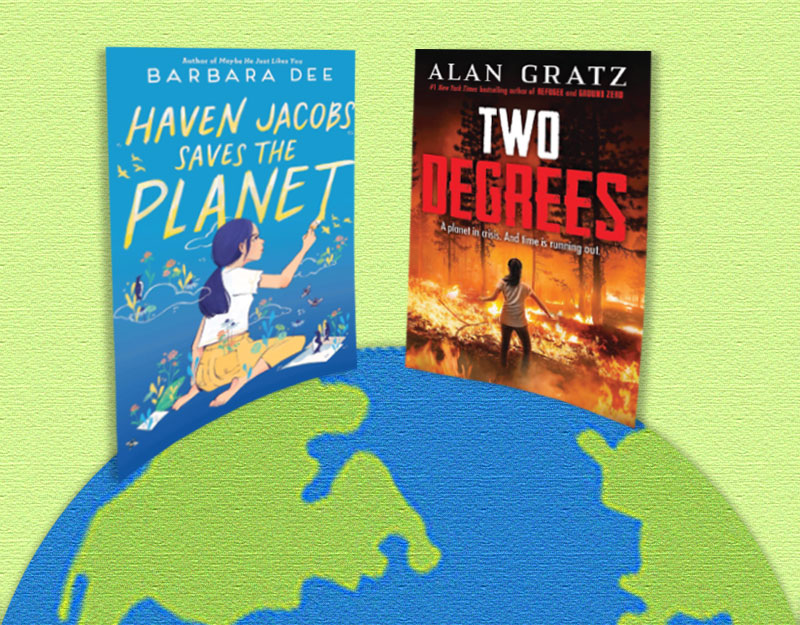Review of the Day: Monster Blood Tattoo – The Foundling by D.M. Cornish
 Monster Blood Tattoo – Book One: Foundling
Monster Blood Tattoo – Book One: Foundling
By D.M. Cornish
G.P. Putnam’s Sons (Penguin imprint)
$18.99
ISBN: 0-399-24638-X
Ages 11 and up
On shelves now
By this point I think the nation’s readers of children’s fantasy novels have hit a kind of boredom plateau. You get a new fantasy on your desk and you have to tick off the requirements. Alternate world? Orphaned hero or heroine? School for the extraordinary? To a certain extent, a lot of these tried and true stand-bys are essential to a good book. There’s a reason they exist, after all. But after reading a bunch of them, reviewers like myself get a little jaded. Kids think everything’s new, so they’re more inclined to love the newest sparkly cover that comes down the pike. For us, finding something that is truly original and truly unique is almost impossible. I mean, it’s not as if Harry Potter was the first boy to go to wizarding school even. So imagine my surprise when I encountered a truly rare and amazing fantasy world. A place so thoroughly thought out, planned, meticulously recorded, and imagined that it feels less like a fantasy novel and more like the factual memoirs of an alternate world. I’m not exaggerating here. Aussie D.M. Cornish has spent (according to his bookflap) “the last thirteen years bringing the Half-Continent to life.” The result is a book that feels like the first true successor to Tolkien I’ve ever found.
His name is Rossamund Bookchild. Bookchild because he is an orphan raised by a Marine Society and given the same last name of all the children there. Rossamund, normally a girl’s name, because that was the name pinned to him when he was left on the steps as a babe. Growing up reading exciting pamphlets recounting daring deeds, Rossamund has a dream of someday becoming a sailor (or vinegaroon) on the vinegar seas where high adventure awaits. He dreams of someday seeing the vicious monsters that constantly do battle with man around the country and must always be kept at bay. Yet instead of a glorious life on the seas, Rossamund is told that he is to be apprenticed as a lamplighter, lighting the roads of the Half-Continent. It’s a disappointing blow, but on the way to his new job Rossamund hops the wrong boat and finds himself facing monsters, rever-men, teratologists, bogles, leers, wits, and a host of other characters and dangers. Moreover, has Rossamund always been told the truth about the monsters people fight, or is there more to some bogles than meets the eye?
ADVERTISEMENT
ADVERTISEMENT
Normally when an author wants to introduce you to a new fantasy world, the hero is a kid from our mundane universe who is pushed through extraordinary circumstances into a peculiar realm. Rossamund, however, inclines far more closely to the Bilbo Baggins mode of adventuring. He has led a nice sequestered life in Madame Opera’s Estimable Marine Society and his journey turns out to be very much a series of adventures, both good an ill, that are new to him simply because he has only read about the wider world and has not yet lived in it. Yes. Fine. Our hero is an orphan as per a million fantasy novels before. But never have I had such a clear sense that a character’s parentage is not the point of the series. Phew!
Really, Rossamund is a great hero. Like Taran in Lloyd Alexander’s The Black Cauldron series he yearns for adventure. But unlike Taran he’s not a brash young man with a braggart’s tongue and a desire to enter battle. Rossamund seems to want adventure without wanting to ever hold a weapon in his hands. He’s a rather gentle kid. He’d sooner say nothing than say the wrong thing, a tendency that causes the people around him to open up unexpectedly. Which, from a narrative perspective, is keen. Rossamund’s growth in this book is not complete, a fact noticed by the sweet bogle that considers telling him the secret of his name. Still, you have confidence in this hero. He is kind and good and that goes a long way when you have to spend a whole book with him.
Another difference from your normal run-of-the-mill fantasy is Cornish’s use of female characters. Strong female characters, that is. At first I figured that this would be yet another boy-boy-boy book. But then you meet the character of Europe and it’s all up in the air. Europe is the fighting fulgar that meets Rossamund early in his travels and inspires both his respect and his disgust. She kills monsters for a living, which wouldn’t be so bad if the first one Rossamund encounters with her weren’t such a sweet but stupid fellow. Her moral complexity mixes with a personality that has enough pep and zazz to keep you guessing about her intentions for most of the book. Fighting women in fantasy novels tend to have no sense of humor, but Europe is quite the wit (inside joke) when her innards aren’t trying to reject her new organs.
Maybe it’s Cornish’s Aussie roots, but he has a knack for language that exceeds the norm. His descriptions are nice and no question, but dialogue seems to be his bread and butter. “Don’t give me a reason to remember yer name any further, me darlin’ chiffer-chaffer.” Or calling someone a “prattling hackmillion”. That kind of thing. His easy-going language will strike you as almost cockney at first, but closer inspection of the words and phrases used put a very particular spin on the entire affair. His talent for names is nothing to scoff at either. You’ll read titles like Sloughscab, Poundinch, Europe, and Licurius, which pour out of the author like mad wild things.
ADVERTISEMENT
ADVERTISEMENT
Regarding the sheer complexity of this world, here is my thinking: Cornish is so invested in this Half-Continent he has created, and so clear on every minute and tiny detail involved that you can’t help but be swept up in the logic of it all. Even more amazing though is that Cornish describes everyday realities of the realm without making them sound anything but simultaneously routine AND amazing. Everything we learn about Rossamund’s world is extraordinary, but Cornish has it so well-planned that it almost feels routine and logical. Not in the boring sense, of course.
Standing at a handsome 434 pages, this book may appear a bit daunting to your average reader. So you can well imagine my amazement when I hit page 312 and found the story to be over. Finito, as it were. The next 122 pages consisted of an elaborate and enticing Explicarium “Being a glossary of terms and explanations including Appendices”. Sounds simple, right? Well, it begins with a explanation of pronunciations for certain terms in this book. Then an explanation of italics. And then a list of faux sources used to research this book (which is always fun). The glossary is extensive and you can basically learn quite a lot about the Haacobin Empire in which Rossamund lives, including history, characters, and different kinds of boats if you’ve an inclination to do so. Of course, at the same time you’ll run across definitions like “muck hill: pile of poo”, so make no assumptions. The glossary is followed by a guide to the 16-month calendar of the half-continent, detailed drawings of different occupations and what they wear, every boat from a gun-drudge to a main-sovereign, and enlargements of the Half-Continent terrain that is the most frightening and magnificent map I’ve ever seen in a work of fiction. Stranger still, all the pictures in this book (and there are many) were drawn by the author himself. Aye, me.
The age level is an interesting question here. Our hero is about fourteen, which puts this book squarely in the middle grade/YA realm. There is some violence (one nasty fellow meets his end by getting eaten alive) but it tends to go quickly. For the most part, I’d say that any kid who could handle the Harry Potter books, the The Amulet of Samarkand series, or any of the The Lord of the Rings would definitely enjoy this series and get into it.
But who thinks of these things? Who imagines a world where people bathe their eyes in chemicals to gain unnatural powers? Or who undergo dangerous surgeries to get superhuman abilities? Who imagines something as tiny and delicate as a spoor, a small shape that is blue or white and burned into the skin to denote a person’s occupation? D.M. Cornish, obviously. Basically I just recommend this to anyone who wants something wholly new and never seen before. Cornish’s imagination will fuel fans for decades to come, should they find this book. Consider it a little-known gem that you’ll end up sucked into. Amazing stuff.
Notes on the Title: My husband claims that the term “Monster Blood Tattoo” is going to turn off a lot of potential fans. I’m not sure if I agree. I like the title, even if it doesn’t really represent the book perfectly. It didn’t sound very enticing to me, but I’m a 30-year-old librarian. Not the intended audience, I’m sure.
Notes on the Cover: This is an interesting. There’s a new trend in fantasy to go the Star Wars movie poster route and put a bunch of images of your heroes and heroines on the cover. “Larklight”’s new covers are doing it, and now so are “Monster Blood Tattoo”’s covers too. I wonder if this trend has a name. Cornish’s original covers featured silhouettes. The new ones are a little less tasteful and a little more child-friendly. And how often do you see a woman with bags under her eyes front and center on a cover? Not often.
Blog Reviews: BookMoot, Original Content, Oz and Ends, Miss Erin, BookBoy, Oops … Wrong Cookie, Mean Old Library Teacher, and many more.
Other Web Reviews: The Guardian, SciFiDimensions, Children Come First, TeenReadsToo, SFF World, As If, Treasure Tables, and so on, and such.
Misc:
Definitely check out this awesome interview with D.M. Cornish courtesy of Miss Erin.
You can also look at this interview at Book Club.
The book may end up a Jim Henson film.
Here’s the Scifipedia link.
There’s even a Monster Blood Tattoo blog.
Filed under: Best Books of 2008, Reviews
About Betsy Bird
Betsy Bird is currently the Collection Development Manager of the Evanston Public Library system and a former Materials Specialist for New York Public Library. She has served on Newbery, written for Horn Book, and has done other lovely little things that she'd love to tell you about but that she's sure you'd find more interesting to hear of in person. Her opinions are her own and do not reflect those of EPL, SLJ, or any of the other acronyms you might be able to name. Follow her on Twitter: @fuseeight.
ADVERTISEMENT
ADVERTISEMENT
SLJ Blog Network
The Moral Dilemma of THE MONSTER AT THE END OF THIS BOOK
K is in Trouble | Review
Parsing Religion in Public Schools
ADVERTISEMENT








I’m so glad you loved this book as much as I did! I never expected to be so blown away by it, but now I can’t wait for the sequel. Great review.
Wonderful review and it sounds intriguing. I enjoy reading your blog and all of your book reviews. It helps when it comes to selecting books for my own little old library.
I thought this was a wonderful book, and the second volume is supposed to be coming out at the beginning of May. I’m afraid I agree with your husband, though. The title Monster Blood Tattoo and the original cover, which, if memory serves, was a silhouette of a monster, did turn me off. I had the book for months before I read it, and if I hadn’t been hearing a bit of buzz about it, I don’t know if I would ever have gotten around to it.
Whoa, my review copy has a totally different cover–it’s blue with different characters on it. Great description that his language “exceeds the norm”–I enjoyed this one.
I havent read the book yet but i’m buying it and my friend is reading it and she says its good.
I can’t wait to read it
By the way, there are roots and similar worlds like the Cornish’s one. Sapkowski’s Witcher or Barker’s Abarat are very similar in some features. I am not saying Monster Blood Tattoo is not good – it truly is. But it is not so rare world as you assumed. On the other hand – it IS amazing…:)